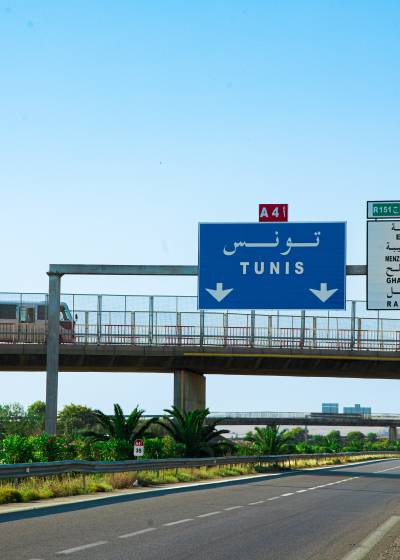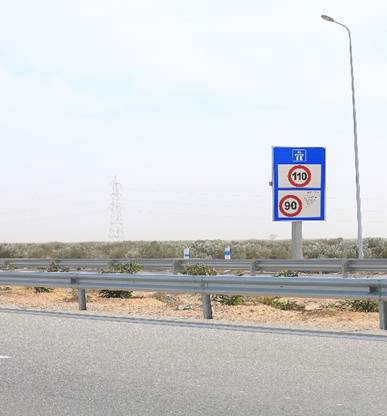TIPS AND SAFETY
DRIVING SAFELY ON THE HIGHWAY

CHECK YOUR VEHICLE AND LOAD STATUS

WHAT ARE THE RIGHT PROCEDURES WHEN YOU ARRIVE AT A TOLL BOOTH ON THE HIGHWAY ?
1- Slow down : signs indicate the speed to adopt well before reaching the toll booth.
2- Anticipate : quickly choose your lane. Last-minute lane changes can surprise other motorists and cause traffic jams. When entering the toll booth, choose the ‘telepeage’ lane or the one that allows you to take a ticket. When exiting the toll booth, use the ‘telepeage’ or ‘cash’ lane.
Things you should never do at the toll booth:
- Make a U-turn or reverse.
- Get out of your vehicle and move around on the lanes.
Do you have a telepeage badge ?
Fixed to your windshield, the telepeage badge offers many advantages. It allows you to use lanes marked with a ‘t’ for an even smoother passage at the toll booth: the barriers will open automatically. (Subscription Area)
SAFETY INSTRUCTIONS TO FOLLOW IN CASE OF FOG ON THE HIGHWAY
In foggy weather on the highway, you may find it difficult to see beyond 50 meters. In this case, the rule is simple : you should not drive at more than 50 km/h, even on the highway. Be vigilant in high-risk areas : near swamps, bodies of water, rivers, or when crossing forested areas or valleys.
Before you start, make sure you know how to turn on your vehicle’s fog lights.
Once on the highway, turn on your front and rear fog lights (if you have them) simultaneously with your low beam headlights. Never use your high beam headlights! They create a ‘white wall’ in front of you and blind other drivers.
Important : don’t forget to turn off your fog lights when visibility improves.

KNOWING THE SPEED LIMITS ON THE HIGHWAY
- The speed limit on highways is 110 km/h.
- In exit ramps, when accessing rest areas, and approaching toll booths, your speed limit is even reduced to 70 or 50 km/h.
- In rainy weather, your speed is reduced to 90 km/h instead of 110.
When you pass through construction zones on the highway, you must also slow down. The appropriate speed to adopt in areas with construction work is indicated by temporary signs.
SAFETY INSTRUCTIONS TO FOLLOW IN CASE OF RAIN ON THE HIGHWAY
Always ensure your windshield wipers are in good condition. They are an important element of your safety. Consider replacing them once a year, preferably in the fall.
When it's raining on the highway, you should drive 20 km/h slower than usual. On a section with a speed limit of 110 km/h, your speed should be limited to 90 km/h.
Did you know? On a wet road, the stopping distance is doubled.
In case of rain on your journey, turn on your low beam headlights. Never use your fog lights! It's dangerous as they can blind other drivers.
ON THE HIGHWAY, SEVERAL SAFETY RULES INSIDE YOUR VEHICLE SHOULD BE OBSERVED.
Before changing lanes on the highway, be sure to use your turn signal. Remember that it is the only tool of communication between you and other drivers! When changing lanes, you do not have priority:
1- Check in your rearview mirrors that the lane is clear
2- Indicate your maneuver by using your turn signals